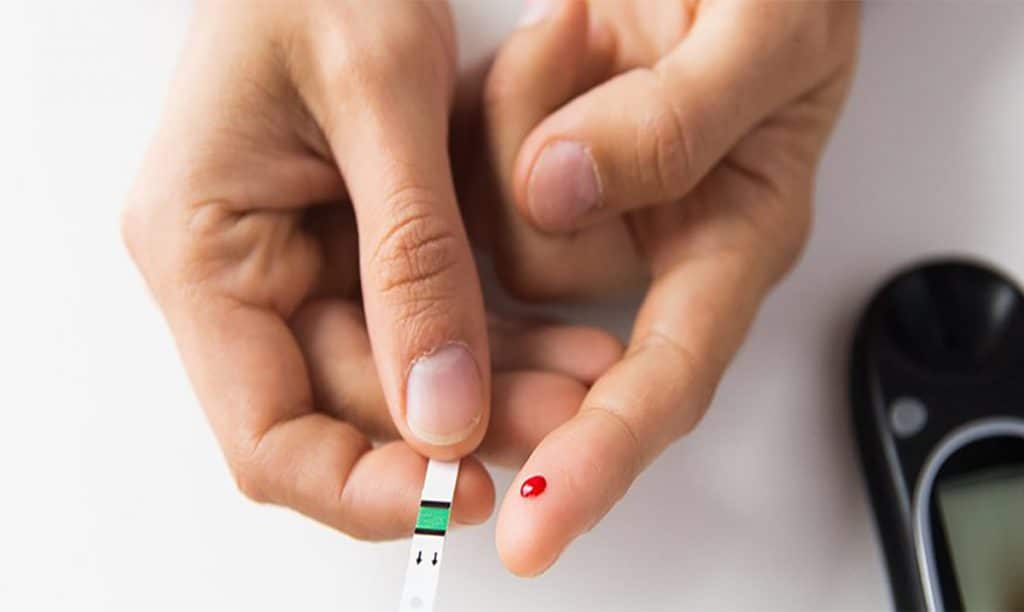One of the scariest things to imagine is if diseases like cancer or diabetes became contagious. Unfortunately for us, diabetes might be now.
Researchers from the University of Texas have led a study that revealed a type of misbehaving protein might be the cause of some cases of type 2 diabetes. It also indicated that diabetes could be potentially contracted through blood transfusions, organ transplants, and even through birth! This doesn’t mean that diabetes is a viral disease that can be caught in the subway or doctor’s office. There needs to be further research to assess how dangerous this protein could be to society.
The University of Texas researchers studied mice to test whether clumps of a misfolded protein called amyloid polypeptide (IAPP), taken from the pancreas could spread and produce diabetes like symptoms when transferred between individuals. Toxic clumps of misfolded proteins similar to those in neurological disorders like Alzheimer’s disease have previously been associated with type 2 diabetes. While the cause of type 2 diabetes is yet to be discovered, researchers have identified genetic and environmental factors that could help stimulate the disease.
Proteins like IAPP can twist into forms that are more likely to clump as a result of mutations. This has also been identified in a number of people with type 2 diabetes. A better-known cause misfolded proteins are the prion, the main protein infamously known as Mad Cow Disease. It can also be referred to as bovine spongiform encephalopathy (BSE).
The prions can be passed to humans and it sometimes causes a debilitating neurological condition called variant Creutzfeldt–Jakob disease. The clumps spread the misfolding mutation by seeding new clumps, causing other proteins to bend the wrong way and stick around.
To test prion like mechanisms in diabetes, the researcher’s cultured pancreatic tissue from healthy humans and from mice that had been genetically altered to produce large amounts of human IAPP. Adding material from older mice with type 2 diabetes caused the IAPP to form in both sets of tissue cultures.



